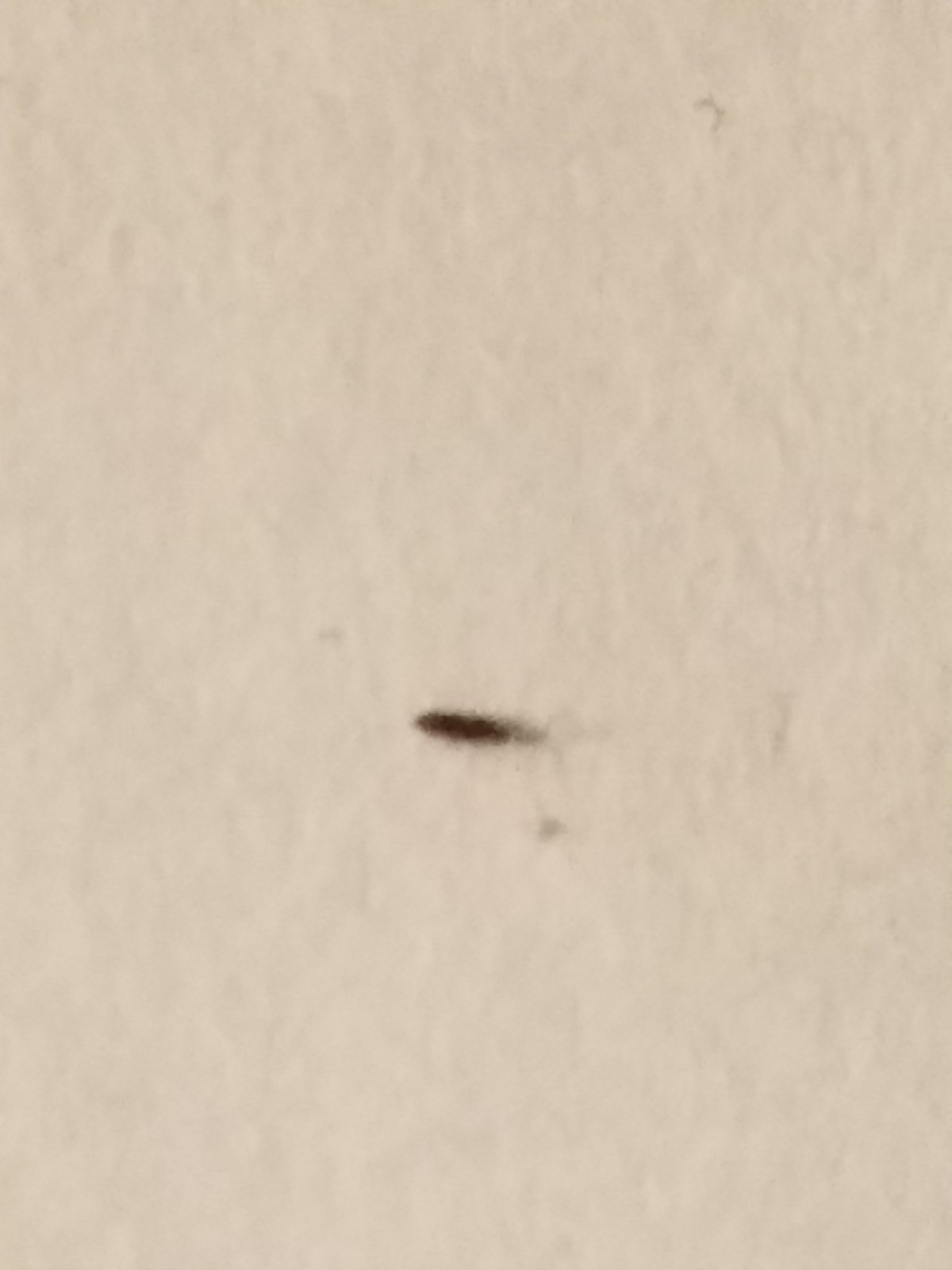

Carpet beetles also leave behind molted shells. The damage usually appears in one ruined patch, rather than many scattered holes. Health risk: Carpet beetle larvae don’t pose much danger to you, but they can cause significant damage to your carpet or your favorite wool sweater. Where carpet beetles hide: You’ll usually find carpet beetles around the edges of rugs and carpets, underneath upholstered furniture, or underneath baseboards. They’ll make an exception, though, if your carpet has a blend of synthetic materials, animal fabrics, food, sweat, and oils. Despite their name, they’re not fans of eating the synthetic materials of today’s carpet. These small pests feast on your animal origin materials, including furs, wools, feathers, or leather. There are many species of carpet beetles, including the black, common, furniture, and varied carpet beetle. Carpet beetlesĪttagenus pellio / Udo Schmidt / CC BY-SA 2.0Īdult carpet beetle varieties vary in length, are oval-shaped, and can appear to be bed bug look-alikes. Although they resemble lice in appearance, these little bugs feed on mold and fungi rather than blood.

Their damage is typically minor.įun fact about booklice: Booklice, also called psocids, are not actual lice. Health risk: These bugs are a nuisance, but pose no threat. If booklice are in your stored pantry items, this may be a sign mold is growing on your food. Where booklice hide: Booklice enjoy a moldy meal from the paste of old book bindings and wallpaper. Bookliceīooklice, which range in color from translucent white to gray or brown, are easily mistaken for adult bed bugs and baby bed bugs. People allergic to cockroaches may experience asthma attacks, according to the Asthma and Allergy Foundation of America. Health risk: Because bacteria sticks to a cockroach’s body, cockroaches may spread illnesses to people, such as salmonella and gastroenteritis. You may even see cockroaches hiding in your crawl space, bathroom, or basement.Ĭockroach nymphs in your home may be a sign of an infestation. Prime breeding grounds include restaurants, grocery stores, commercial kitchens, sewers, and steam tunnels. Where cockroach nymphs hide: Cockroaches thrive in moist areas where food is prepared or stored. Because they’re nymphs, they haven’t grown their cockroach wings, which also leads people to confuse them with bed bugs. Cockroaches have a flattened, oval appearance, long antenna, and long bristly legs.ĭepending on the species, color ranges from reddish-brown to dark brown and from tan to black. These young varieties of the most common cockroaches include German cockroaches, American cockroaches, brown-banded cockroaches, and Oriental cockroaches. Baby cockroaches (cockroach nymphs) are often confused with bed bugs because of their similar coloring.


 0 kommentar(er)
0 kommentar(er)
